How To Clean Endoscopes ?
Cleaning endoscopes involves several steps to ensure proper disinfection and removal of debris. First, the endoscope should be flushed with water to remove any visible contaminants. Then, a detergent or enzymatic cleaner should be used to clean the external surfaces and channels of the endoscope. Brushes or cleaning devices specifically designed for endoscope cleaning may be used to reach and clean the channels thoroughly. After cleaning, the endoscope should be rinsed with water to remove any remaining detergent or cleaner. Finally, the endoscope should be subjected to a high-level disinfection process, such as immersion in a disinfectant solution or automated reprocessing using an endoscope washer-disinfector. It is important to follow the manufacturer's instructions and guidelines for cleaning and disinfection, as different endoscope models may have specific requirements. Regular maintenance and adherence to proper cleaning protocols are crucial to ensure the safety and effectiveness of endoscopes.
1、 Pre-cleaning and disinfection of endoscopes
Pre-cleaning and disinfection of endoscopes is a crucial step in ensuring patient safety and preventing the transmission of infections. The process involves several steps that must be followed meticulously to ensure effective cleaning and disinfection.
1. Wear appropriate personal protective equipment (PPE): Before starting the cleaning process, it is important to wear gloves, goggles, and a gown to protect yourself from potential exposure to contaminants.
2. Pre-cleaning: Immediately after the endoscope is used, it should be pre-cleaned to remove any visible debris or organic material. This can be done by rinsing the endoscope with water or using a detergent solution. Brushing the channels with a soft brush can help remove any stubborn debris.
3. Manual cleaning: After pre-cleaning, the endoscope should undergo a thorough manual cleaning process. This involves using a detergent solution and a soft brush to clean all the external surfaces of the endoscope, including the insertion tube, control knobs, and connectors. The channels should also be flushed with the detergent solution and brushed to remove any residual debris.
4. Rinse and dry: After manual cleaning, the endoscope should be thoroughly rinsed with clean water to remove any detergent residue. It should then be dried with lint-free towels or air-dried in a designated drying cabinet.
5. High-level disinfection: Once the endoscope is cleaned and dried, it should undergo high-level disinfection. This can be achieved by immersing the endoscope in a high-level disinfectant solution, following the manufacturer's instructions for the recommended contact time.
6. Rinse and dry again: After disinfection, the endoscope should be rinsed with sterile water or alcohol to remove any residual disinfectant. It should then be dried again before storage.
It is important to note that the latest point of view emphasizes the need for strict adherence to manufacturer's instructions and guidelines for cleaning and disinfection. Additionally, there is a growing emphasis on the use of automated endoscope reprocessors (AERs) for standardized and consistent cleaning and disinfection processes. These machines can help reduce the risk of human error and ensure more effective cleaning and disinfection of endoscopes. Regular monitoring and auditing of the cleaning and disinfection process are also recommended to ensure compliance with best practices and guidelines.
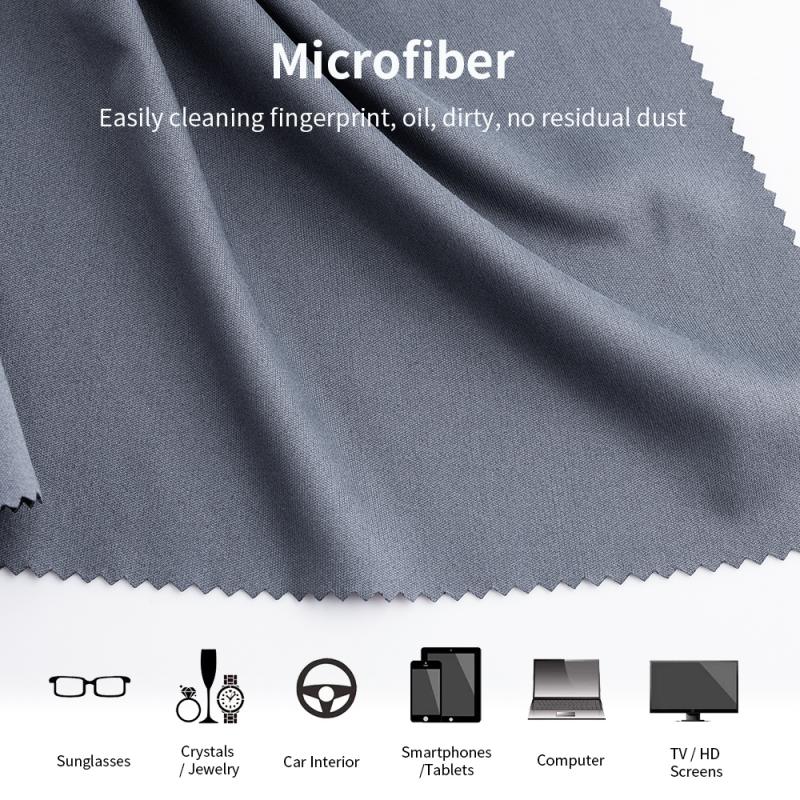
2、 Manual cleaning of endoscope components
Manual cleaning of endoscope components is an essential step in the reprocessing process to ensure the safety and effectiveness of these medical devices. The following steps outline the general procedure for cleaning endoscopes manually:
1. Pre-cleaning: Immediately after use, the endoscope should be pre-cleaned to remove any visible debris or organic material. This can be done by flushing the channels with water or using a detergent solution.
2. Disassembly: The endoscope should be carefully disassembled, separating the various components such as the insertion tube, biopsy channel, and control knobs. This allows for thorough cleaning of each individual part.
3. Cleaning solution: Immerse the disassembled components in an enzymatic detergent solution or a cleaning solution recommended by the endoscope manufacturer. Ensure that the solution is compatible with the materials of the endoscope to avoid damage.
4. Brushing and flushing: Use soft brushes and pipe cleaners to gently scrub the surfaces of the endoscope components, paying special attention to the channels. Flushing the channels with water or a cleaning solution helps remove any remaining debris.
5. Rinse and dry: Thoroughly rinse all the components with water to remove any traces of the cleaning solution. After rinsing, allow the components to air dry in a clean and dust-free environment or use forced air to speed up the drying process.
6. Inspection: Once dry, visually inspect all the components for any signs of damage or residual debris. Any damaged or malfunctioning parts should be repaired or replaced before the endoscope is used again.
It is important to note that these steps provide a general guideline for manual cleaning of endoscopes. However, it is crucial to follow the specific instructions provided by the endoscope manufacturer and adhere to the latest guidelines and recommendations from professional organizations such as the Society of Gastroenterology Nurses and Associates (SGNA) or the Association for Professionals in Infection Control and Epidemiology (APIC).
Additionally, advancements in endoscope reprocessing techniques, such as the use of automated endoscope reprocessors (AERs) or high-level disinfection systems, are being explored to enhance the cleaning and disinfection process. These technologies aim to improve the consistency and effectiveness of endoscope reprocessing, reducing the risk of cross-contamination and infection transmission.
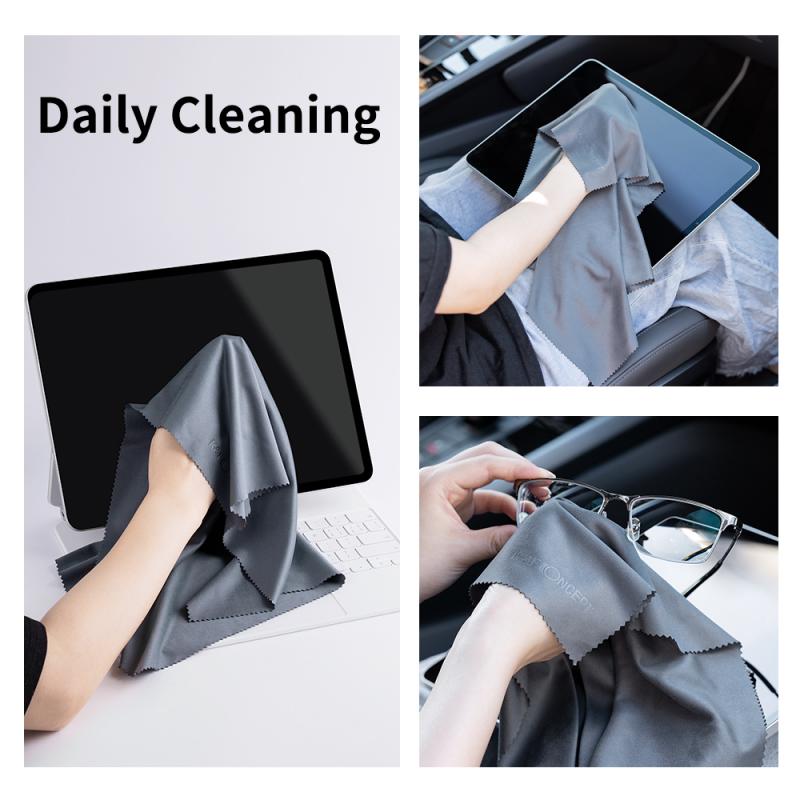
3、 Automated cleaning and disinfection of endoscopes
Automated cleaning and disinfection of endoscopes is a crucial process in ensuring patient safety and preventing the transmission of infections. Endoscopes are complex instruments that require thorough cleaning to remove any organic material and potential pathogens.
The first step in the automated cleaning process is pre-cleaning, where visible debris is manually removed from the endoscope. This is followed by a series of automated cleaning steps, which typically involve the use of enzymatic detergents and mechanical actions to remove any remaining organic material. The endoscope is then rinsed with water to remove any detergent residue.
After the cleaning process, the endoscope undergoes high-level disinfection. This is usually achieved through the use of chemical disinfectants, such as glutaraldehyde or peracetic acid. The endoscope is immersed in the disinfectant solution for a specified period of time, ensuring that all surfaces are thoroughly disinfected.
It is important to note that the cleaning and disinfection of endoscopes should be performed in accordance with manufacturer's instructions and guidelines provided by regulatory bodies. Regular monitoring of the cleaning and disinfection process is also essential to ensure its effectiveness.
In recent years, there has been an increased focus on the importance of proper drying of endoscopes after disinfection. Moisture left inside the endoscope can promote the growth of bacteria and fungi. Therefore, the use of automated drying cabinets or forced air drying systems has become more common to ensure complete drying of the endoscope.
In conclusion, automated cleaning and disinfection of endoscopes is a critical process in maintaining patient safety. It involves a series of steps, including pre-cleaning, automated cleaning, and high-level disinfection. Proper drying of endoscopes after disinfection is also crucial to prevent microbial growth. Adhering to manufacturer's instructions and regulatory guidelines is essential to ensure the effectiveness of the cleaning and disinfection process.
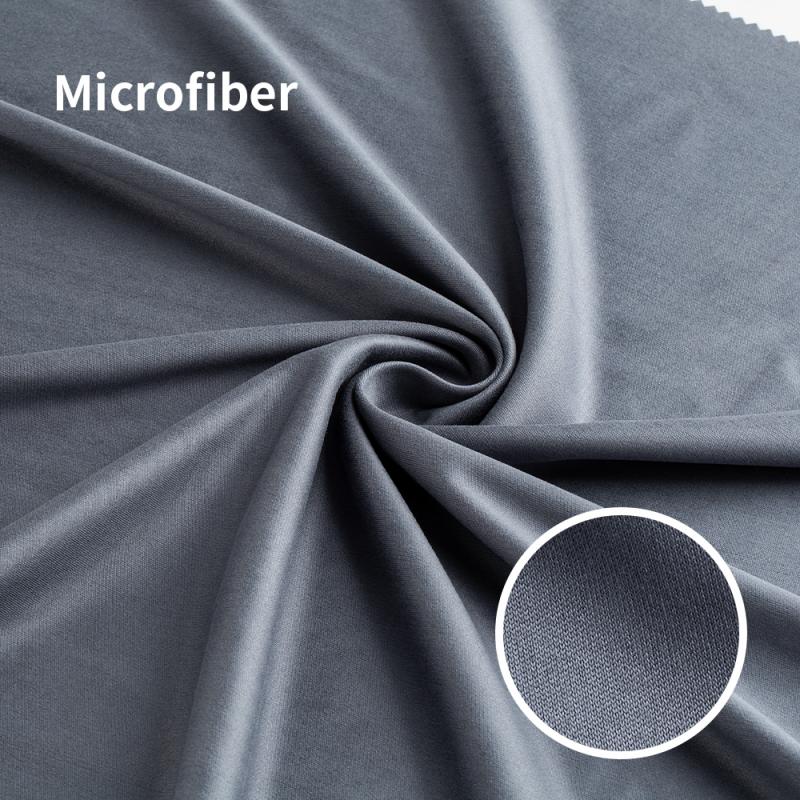
4、 Drying and storage of endoscopes
Cleaning endoscopes is a critical step in ensuring patient safety and maintaining the longevity of the equipment. The process involves several steps to effectively remove debris, organic material, and potential pathogens from the endoscope's surfaces.
To clean endoscopes, start by flushing the channels with enzymatic detergent solution to remove any residual debris. Then, manually clean the external surfaces using a soft brush and detergent solution, paying close attention to hinges, knobs, and other hard-to-reach areas. Rinse the endoscope thoroughly with water to remove any remaining detergent.
Next, perform high-level disinfection or sterilization, depending on the type of endoscope and the guidelines provided by the manufacturer. This step is crucial in eliminating any remaining microorganisms that may pose a risk to patients. Follow the manufacturer's instructions for the appropriate disinfection or sterilization method, which may involve using chemical disinfectants or automated endoscope reprocessors.
After cleaning and disinfection, drying and proper storage of endoscopes are essential to prevent the growth of microorganisms. Thoroughly dry the endoscope, including all channels, using forced air or other validated drying methods. Avoid using cloth or paper towels, as they can leave fibers or lint behind.
Once dry, store the endoscope in a clean and well-ventilated cabinet or storage area. Ensure that the endoscope is protected from dust, moisture, and potential damage. Consider using endoscope storage cabinets with built-in drying systems to maintain a controlled environment.
It is important to stay updated with the latest guidelines and recommendations regarding endoscope cleaning and storage. The field of endoscope reprocessing is continuously evolving, and new research and best practices may emerge. Regularly review the guidelines provided by professional organizations and manufacturers to ensure compliance with the most current standards.
In conclusion, proper cleaning, disinfection, drying, and storage of endoscopes are crucial steps in maintaining patient safety and prolonging the lifespan of the equipment. Following the recommended guidelines and staying informed about the latest developments in endoscope reprocessing is essential for healthcare facilities to provide high-quality care.
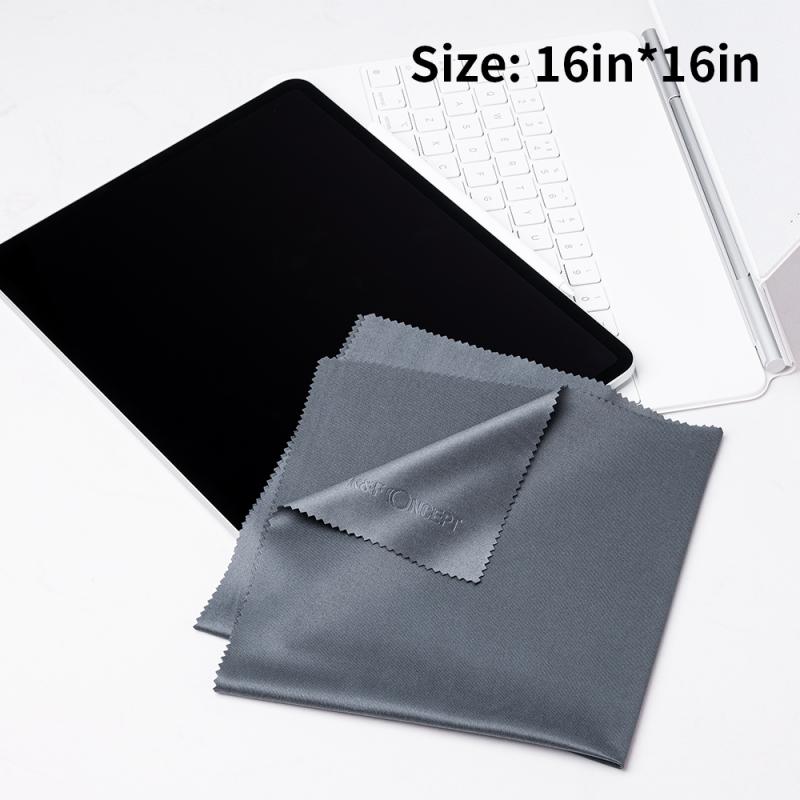






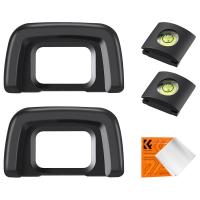

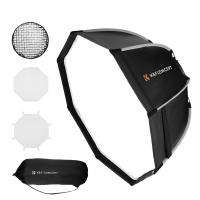




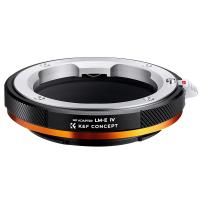
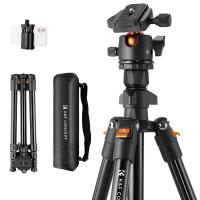

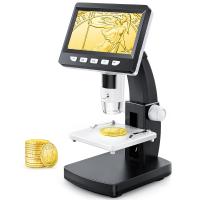


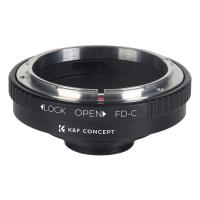
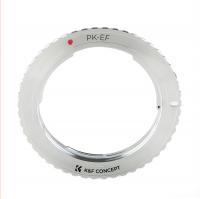


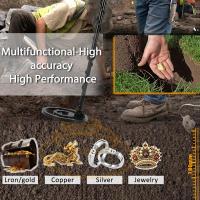
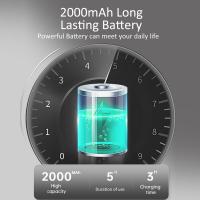
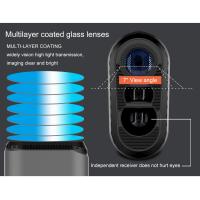
There are no comments for this blog.